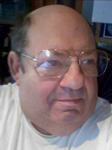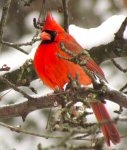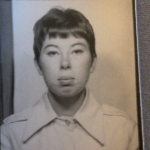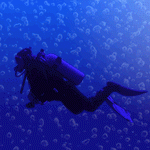Bob3000 wrote:
I will try lowering my heated humidifier. Right now it's at 60%, so I have a lot of room on that. I did actually try a nasal saline rinse today. Basically, when gently squirting the rinse into my left nostril, it would mostly go down my throat and only if I simultaneously expelled air our of my right nostril could I get the rinse to come out of the right nostril. After that, the rinse trickled out of my right nostril, but it certainly didn't flow. When I applied the rinse to my right nostril, it flowed out of my left nostril quite well. It's like there's a one-way valve in my right nostril today! Normally if I lay on my side, the nostril closest to the pillow gets clogged within a few minutes, and the nostril away from the pillow clears. If I flip to my other side, within a few minutes, the process repeats, so I know there is probably no structural blockage as both nostrils can clear, just rarely at the same time. I will keep working on the nasal rinse, too. Very good advice, thanks.
1. I found that when my bedroom humidity is above 40 or 45% there is no need for CPAP humidification and some people believe extra humidification at those levels may increase congestion. So most of the year, I don't use the humidifier. In the winter when the gas heat works hard a few days in a row the room humidity may drop to 35% or so and I will use the humidifier at a one or two setting.
2. I had a very good turbinate reduction and correction of deviated septum. Prior to the surgery, the neti pot solution would barely trickle out of the output nostril. After the surgery and healing, it would flow out of the outtake nostril about as fast as I could pour it into the intake nostril. Now I find the neti pot treatment is not very helpful except when I have a cold or bad allergic rhinitis. Prior to the surgery it was a big deal every morning to blow my nose and almost always see blood in the facial tissue. Now those days are over and Kleenex says their sales have dropped. I would recommend at the very least you have your nasal passages scoped to see what condition the turbinates and septum are in.















